
An evolutionary perspective on LysM receptors reveals conserved mechanisms for microbial signal perception
Blog, Plant Physiology, Plant Physiology: News and Views, ResearchLena Maria Müller
Boyce Thompson Institute
[email protected]
Plants are in constant contact with millions of microbes, which can be pathogenic or establish mutualistic interactions with the plant. One well-studied mutualistic interaction is the nodulation symbiosis of legumes with nitrogen-fixing…

Identification of a unique ZIP transporter involved in zinc uptake via the arbuscular mycorrhizal fungal pathway (bioRxiv)
Plant Science Research WeeklyLast week, PSRW presented two review papers regarding host plant interactions with microbial populations, particularly for plant nutrient intake. Watt-Williams et al. utilize such knowledge for their paper, performing an RNA-seq dataset to identify a novel zinc transporter in Medicago truncatula. Zinc…
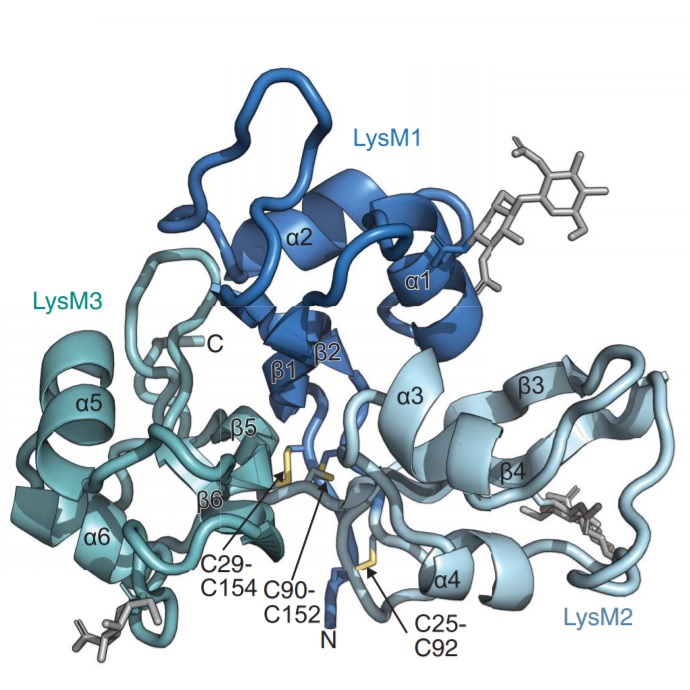
Friend vs. foe: molecular insight towards microbial recognition and specificity in legume signaling (Science)
Plant Science Research WeeklyEcosystems are founded by relationships between organisms, such as the mutualism between plants and microbes. An example is the agriculturally important symbiosis between legumes and nitrogen-fixing bacteria that reside in nodules of legumes. Legumes must be able to differentiate, through undetermined…
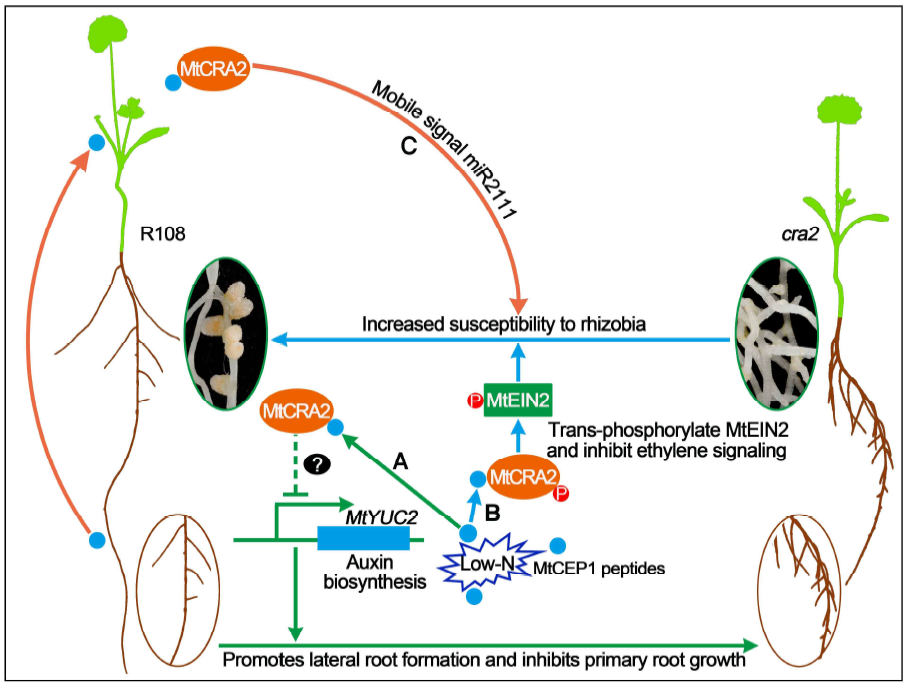
A CEP Peptide receptor-like kinase regulates root growth and symbiotic nodulation (Plant Cell)
Plant Science Research WeeklyUnder low N condition, plants form more lateral roots to facilitate N-uptake efficiency, and legumes such as Medicago truncatula develop more nodules to fulfill plant nitrogen requirements. Since both lateral root formation and nodulation are energy-consuming processes, plants balance these developmental…
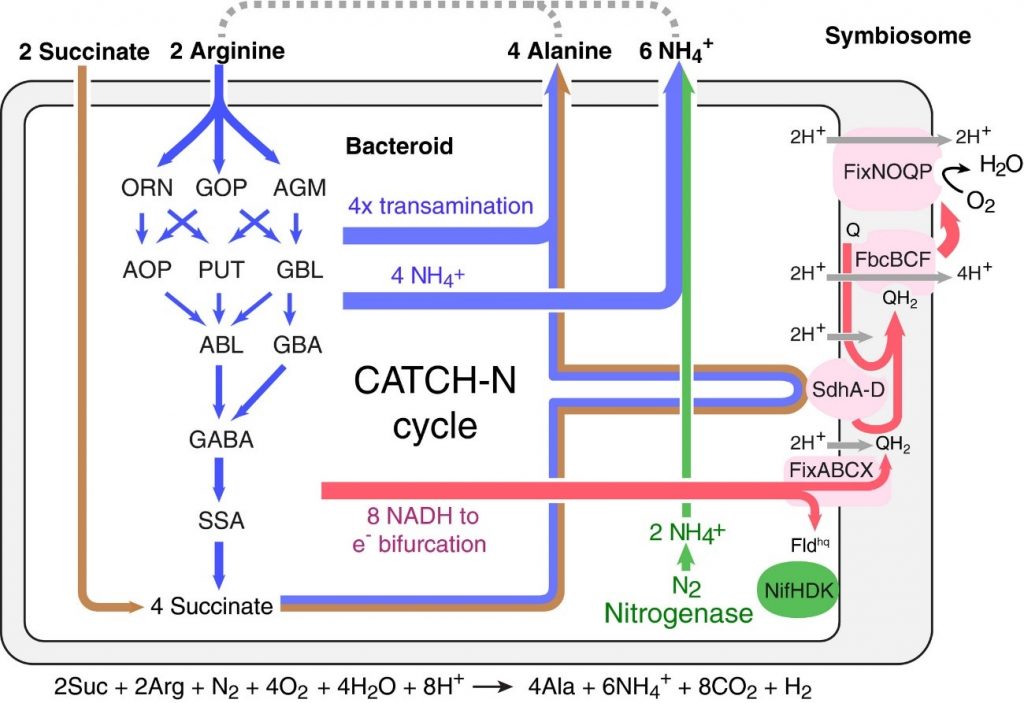
Co‐catabolism of arginine and succinate drives symbiotic nitrogen fixation (Mol Sys Biol)
Plant Science Research WeeklySymbiotic nitrogen fixation is a mutualistic relationship between plants and microbes in which plants supply fixed carbon to bacteria in exchange for nitrogen. During this process, the microbes use nitrogenase enzyme to convert atmospheric nitrogen into a plant-usable form, but the metabolic interaction…
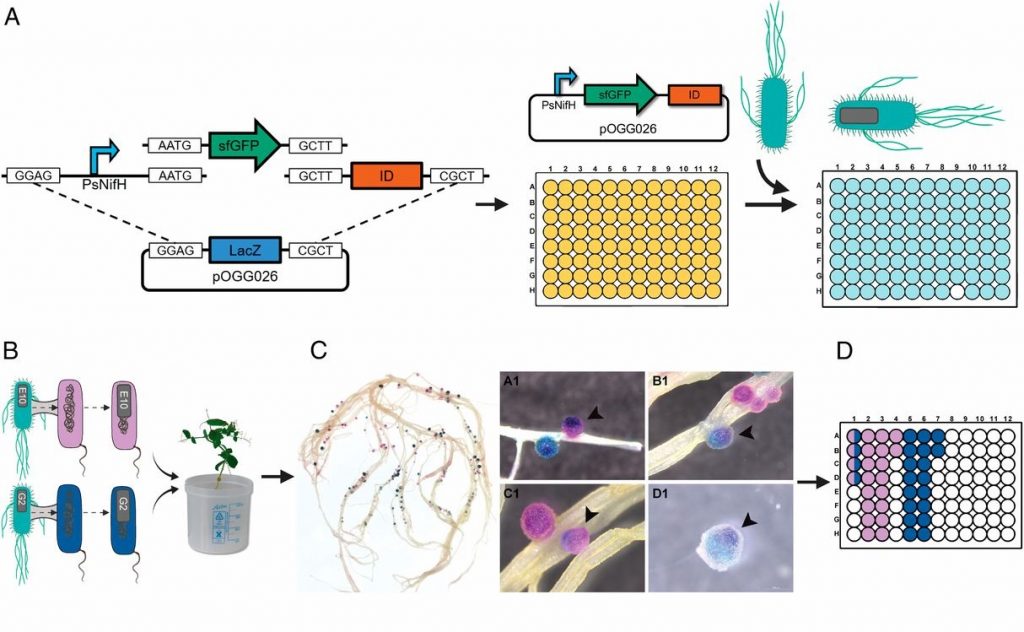
A molecular toolkit for screening elite rhizobia (PNAS)
Plant Science Research WeeklyN2-fixing rhizobia bacteria are able to establish symbiotic interactions with legumes in specialized organs called root nodules. Identifying elite rhizobia that are both competitive for nodule occupancy and effective in N2 fixation in agricultural environments is crucial for maximizing the yield of legumes.…
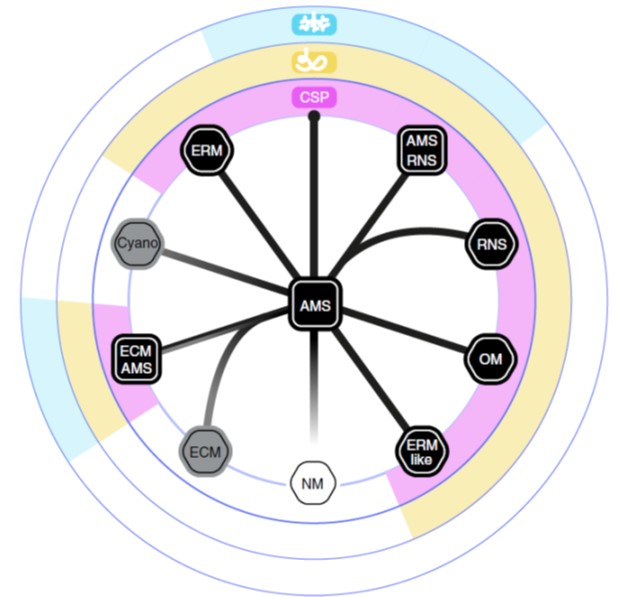
An ancestral signalling pathway is conserved in intracellular symbioses-forming plant lineages ($) (Nature Plants)
Plant Science Research WeeklyIt’s widely thought that plants acquired the ability to live on land thanks to a little help from their friends, specifically arbuscular mycorrhizal fungi. Even now, most land plants form mutually beneficial associations with fungi or bacteria, and these often involve the plant cells acting as hosts…

A CLE–SUNN module regulates strigolactone content and symbiosis (Nature Plants)
Plant Science Research WeeklyThe symbiosis between plants and arbuscular mycorrhizal fungi is conditional. Plants that are limited for phosphate release strigolactones into the soil, promoting changes in the fungi that facilitate the symbiosis. Müller et al. found that a Medicago gene encoding a CLE peptide, MtCLE53, is induced…
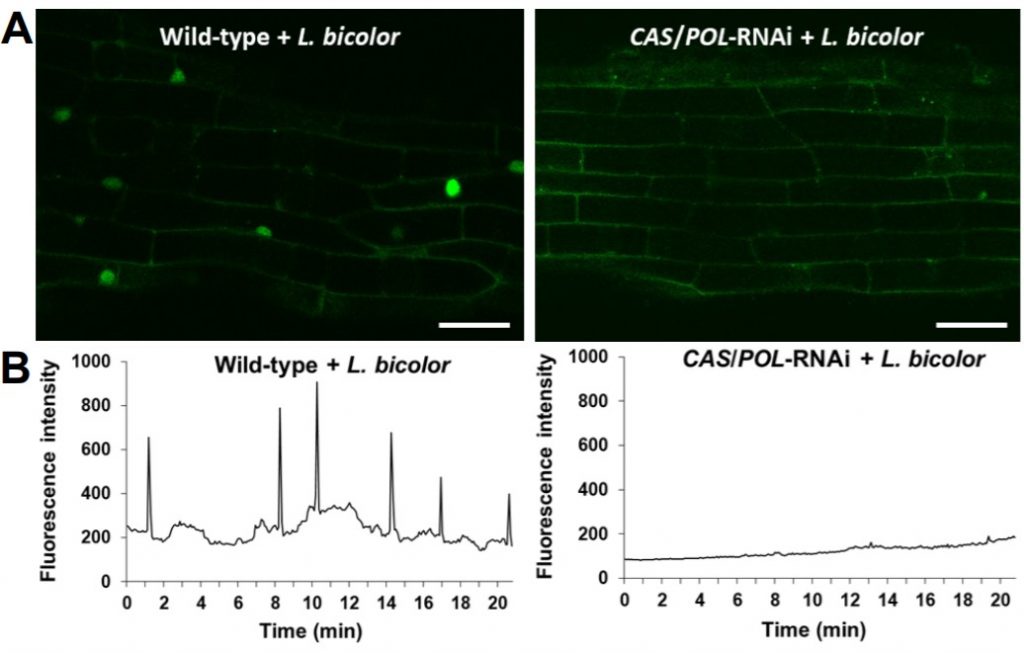
The ectomycorrhizal fungus Laccaria bicolor produces lipochitooligosaccharides and uses the common symbiosis pathway ($) (Plant Cell)
Plant Science Research WeeklyNutrient exchange during plant-fungal symbiosis allows assimilation of nutrients necessary for plant growth in a beneficial way. Several plants have evolved to form symbioses with mycorrhizal fungi and rhizobia bacteria that allow the plants to efficiently take up nitrogen and phosphorous. In its interactions…

